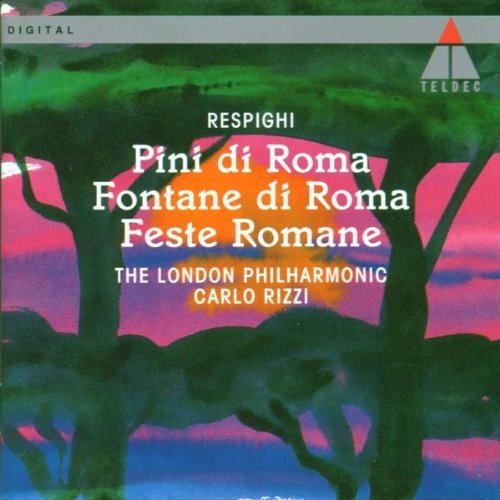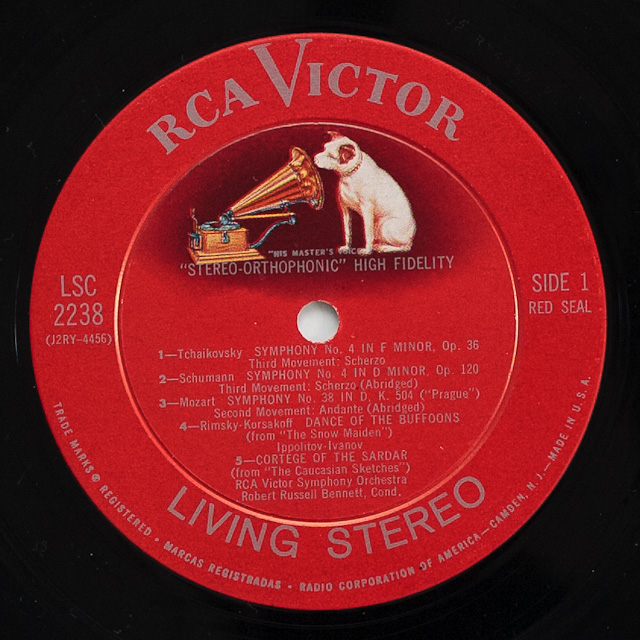by Robert C. Bryant on March 19, 2012
I believe this series of reviews may be somewhat of a departure from other music reviews that you have undoubtedly read where the emphasis is put upon the performance and the sound quality of the recording. Those are certainly important attributes but it occurred to me that there is another way to evaluate specific recordings – that is how well they exploit the capabilities of a good-sounding music reproduction system.
I think It is safe to assume that if you have navigated your way to us at YFS and that you are reading this review, that you have a keener interest in audio than most and likely own (or are interested in owning) an audio system that provides you with a highly enjoyable listening experience. I think it is also safe to assume that you have noticed that some combinations of recordings and program sources (e.g. CD, Vinyl, DAC, etc.) sound rather unremarkable, some sound quite good, and others sound exceptionally pleasing on your system.

There is an element of interaction between the program source and reproduction system that is responsible for a degree of variability in the overall quality of the listening experience. For example, you may find that your system does an exceptional job reproducing female vocals or acoustic jazz but is less than remarkable when it comes to hard rock or techno.
My intent is to offer some suggestions of specific recordings that I have found to exploit the capabilities my own audio system in different ways – these have become my ‘audition’ recordings and have provided me many hours of pleasure not only for the musical content itself but also for the way that they bring life to my own (in my case, stereo 2.1) audio system.
To that end, my first suggestion for a piece of music that will exercise your system’s capabilities and reveal aspects of its overall musicality is a very approachable piece of classical music entitled The Pines of Rome by Ottorino Respighi.

The Pines of Rome is actually a “tone poem” – a piece of music which is intended to evoke a specific scene or event – in this case different locales around Rome. It was first performed in 1924 and has been recorded countless times including a remarkably good performance recorded for Disney’s animated movie Fantasia 2000 performed by the Chicago Symphony Orchestra conducted by James Levine.
Respighi’s orchestration for The Pines includes somewhat uncommon additions to the normal complement of orchestral instruments adding English horn, contrabassoon, buccine, tam-tam, ratchet, glockenspiel, piano, celesta, harp, double basses and importantly – a pipe organ.
The full range of sounds, pitches, timbres, and overall dynamic range are remarkable in this piece. Listen in the first of four sections, The Pines of the Villa Borghese, where the entire orchestra crescendos to a very high volume resulting in a highly complex waveform which is sure to challenge the tracking of any phono cartridge or IM distortion capabilities of your system.

Listen further to the second section entitled The Pines Near a Catacomb where initially, the orchestra is playing quietly enough for you to hear your own breathing over the music. Later in the same section, however, the organ and double bass are called upon to supply an infrequently-heard low D1 pitch in the musical scale - about 36 cycles per second - at fortissimo volume certain to give your woofers or sub a workout.
I own at least ten different recordings of this wonderful piece and as for the ‘best’ I would have to say that my favorite CD recording would be the 1993 Elektra version recorded by the London Philharmonic Orchestra conducted by Carlo Rizzi. Its hard to go wrong with the LPO and this is a particularly lush and well-paced rendition of The Pines which seems to capture the nuance and wide range of textures in the peice better than some others but I would also give high marks to the 2002 recording by the Atlanta Symphony Orchestra conducted by Louis Lane although faster paced and more bombastic in its treatment.

My favorite vinyl recording of this piece hands-down is the 1960 version by the Chicago Symphony Orchestra conducted by Fritz Reiner on the RCA Victor Living Stereo Red Seal label (RCA LSC-2436) if you’re fortunate to find a good copy as I was.
Here is a link to a Hi-Res version, although not one of the recommended performances above, it still is however The Pines of Rome in HD.
For those of you who are interested in exploring classical music but are unsure of how to approach the broad range of composers, periods and styles, The Pines of Rome well may serve as an enjoyable entry point which will, in addition, reveal a lot about the musicality of your audio system.
Next time: Female Vocalists
-RCB
